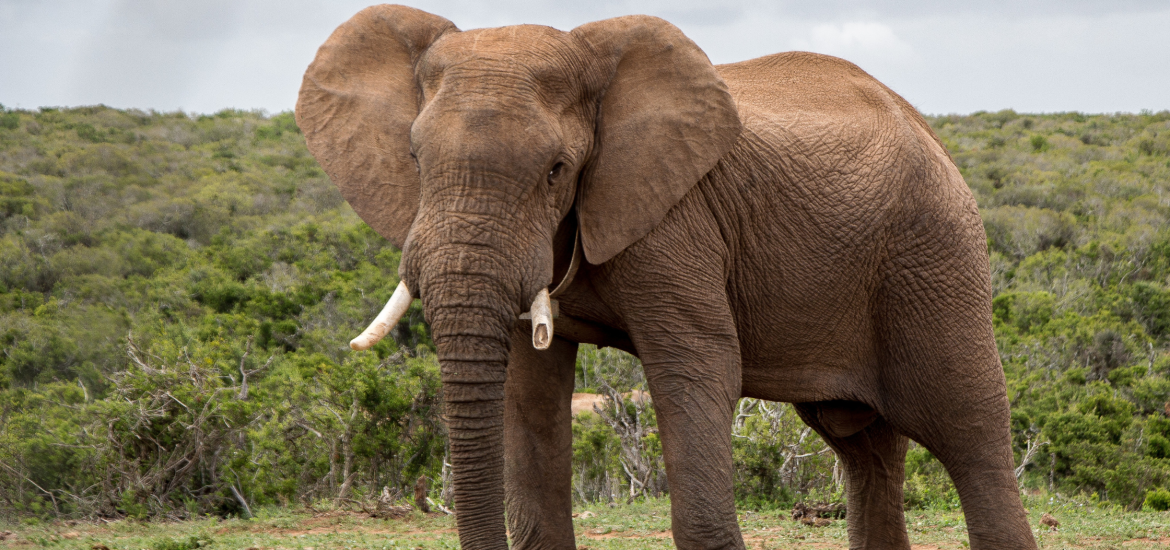
Severe drought in southern Africa has led Namibia and Zimbabwe to make controversial decisions: culling hundreds of wild animals, including elephants, to provide food for those struggling to survive. The governments argue that these actions will help reduce pressure on dwindling land and water resources, and mitigate human-wildlife conflict as animals increasingly encroach on human settlements in search of food.
In August, Namibia initiated the cull of 723 animals, which included 83 elephants, 30 hippos, and 300 zebras. A month later, Zimbabwe authorized the killing of 200 elephants. Both countries claim these measures are necessary to address the worst drought the region has experienced in a century. However, the decision has sparked significant backlash from conservationists, who describe the culling as cruel, shortsighted, and potentially dangerous.
Critics also question the sale of hunting permits to international tourists, which allows them to kill elephants and keep parts of the animals as trophies. While supporters of the cull argue that this approach generates income for local communities affected by wildlife conflicts, opponents see it as a strategy that prioritizes profit over ethical conservation.
The debate touches on broader issues of conservation and climate change. Droughts, exacerbated by climate change and El Niño, have caused widespread crop failures, livestock losses, and left nearly 70 million people in need of food aid. Zimbabwe declared a national disaster in April, followed by Namibia in May. Governments argue that culling helps sustain remaining wildlife by reducing competition for scarce food and water.
Yet, many conservationists insist that the practice could disrupt the ecological balance. Critics such as Farai Maguwu, of the Centre for Natural Resource Governance, and other experts argue that the real issues are poor land management and increasing human settlements near national parks. They believe culling will not effectively address the root causes of food insecurity and may even increase human-elephant conflicts, as traumatized elephants become more aggressive.
Furthermore, some fear the culls could be used as a pretext for loosening international restrictions on wildlife trading, including the sale of ivory. Conservationist Keith Lindsay warns that framing opponents of wildlife trade as indifferent to human suffering is a dangerous narrative.
Officials in Namibia and Zimbabwe maintain that their actions are justified, pointing out that Western nations have also culled animals when necessary. Critics, they argue, misunderstand the region’s challenges and are imposing a Western-centric view of conservation. Chris Brown from the Namibian Chamber of Environment has called out what he perceives as hypocrisy, suggesting that the criticism is rooted in a lack of understanding or even racism.
Ultimately, the decision to cull has ignited a complex debate, highlighting the intersection of conservation, ethics, and climate change. While governments in Namibia and Zimbabwe assert that these measures will help mitigate the effects of the drought, critics worry that such actions set a dangerous precedent, one that could lead to the continued exploitation of Africa’s wildlife.





